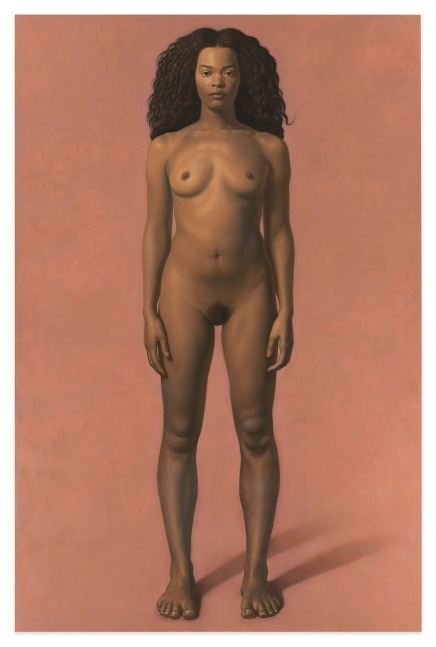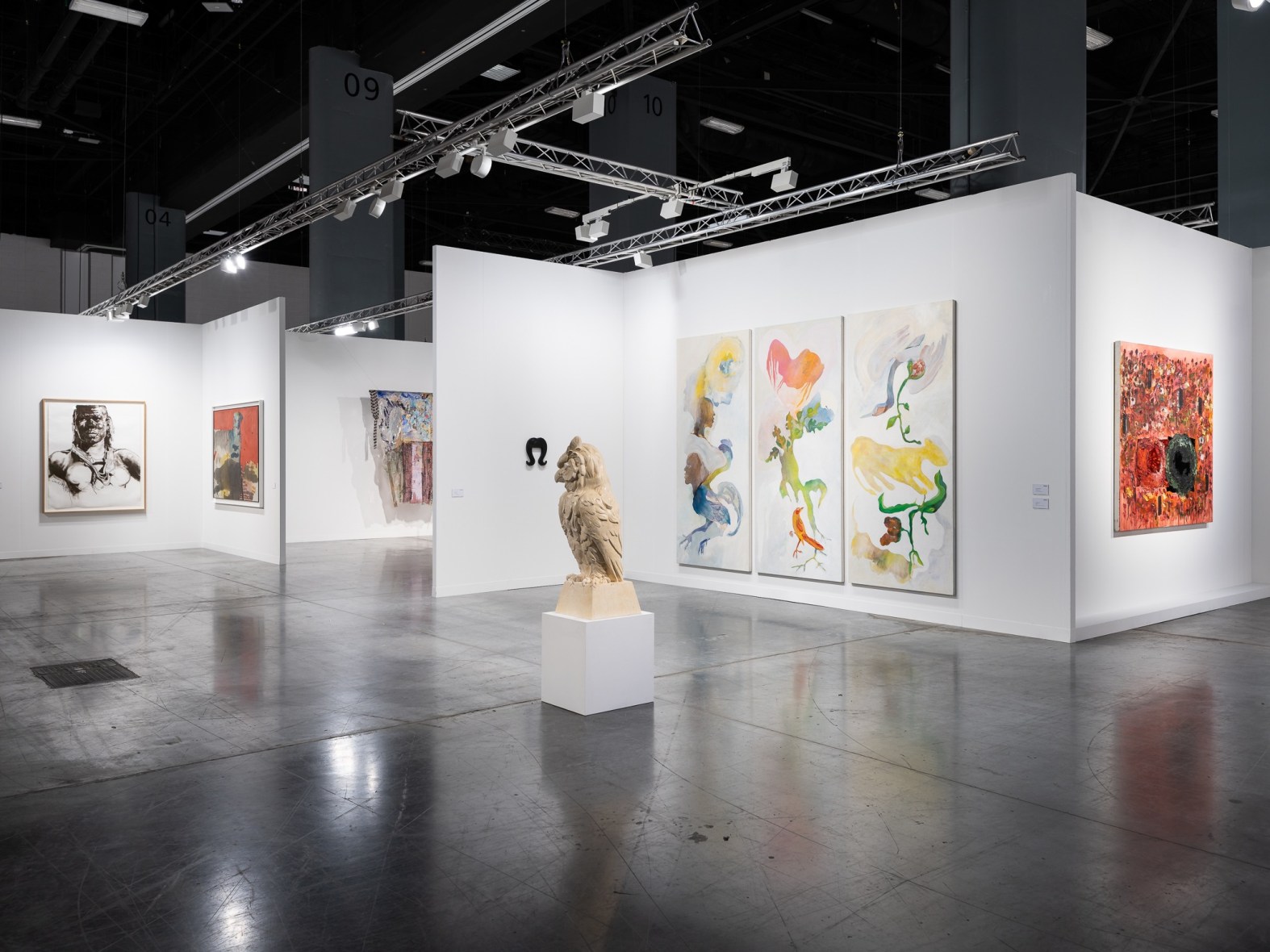
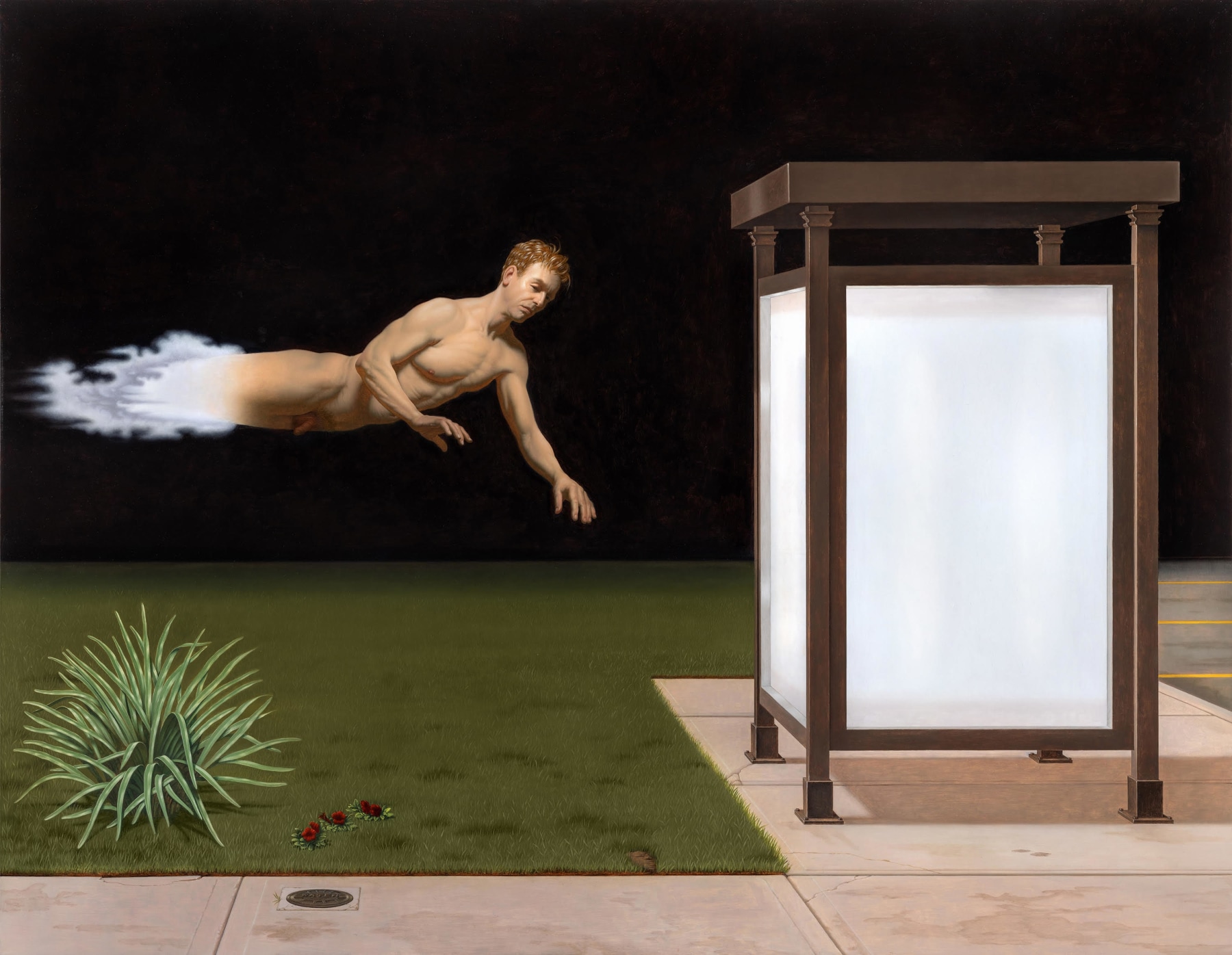
Kurt Kauper makes paintings featuring historical and imagined figures, arranging them in compositions that evoke a sense of inverted desire. Characterized by their content’s ambiguity and an unidentifiable strangeness, the artist’s works are nonetheless rendered with a hyperreal and illusionistic articulation of space and form. Perverting the familiarity of cultural figures—some identifiable, such as the actor Cary Grant or the Obamas and others more archetypal, such as athletes, opera divas, “men,” and “women”—Kauper’s paintings originate from a place of, in his words, “watching cultural expectations from a desiring but alienated distance.”
Formed in part as a response to social and cultural ideals that he personally felt unable to fulfill, Kauper’s works hint at the elaborate performativity required to navigate the world. The exactitude of his realism corresponds to the mastery necessary to achieve societal expectations that otherwise exist only as a shared delusion and thus are uncanny when seen. Caught in suspended animation, his figures are placed in indeterminate tableaus with narratives that are suggested but unresolved. With an inaccessible interiority, the naturalism of Kauper’s characters creates a presence that engages the viewer and variably prompts empathy, estrangement or disidentification.
Kurt Kauper (b. 1966, Indianapolis, Indiana) lives and works in New York City. He received his BFA from Boston University in 1988 and his MFA from UCLA in 1995. Kauper has had solo exhibitions at Marc Selwyn Fine Art, Los Angeles (2022); Almine Rech Gallery, New York (2018); ACME Gallery, Los Angeles (2015); and Deitch Projects, New York (2009). He has been included in numerous institutional exhibitions, including Together in Time: Selections from the Hammer Contemporary Collection, Hammer Museum, Los Angeles (2023); Flesh, Newchild Gallery, Antwerp, Belgium (2021); Mixed Signals: Artists Consider Identity in Sports, Cranbrook Art Museum, Bloomfield Hills, Michigan (2009); Cheir Peintre, Centre Pompidou, Musée National D’Art Moderne, Paris (2002); and the Whitney Biennial, Whitney Museum of American Art, New York (2000), among others. His work is included in the collections of the San Fransisco Museum of Modern Art; Museum of Modern Art, New York; the Whitney Museum of American Art, New York; the Museum of Contemporary Art, Los Angeles; the Art Institute of Chicago; the Hammer Museum, Los Angeles; the Oakland Museum of Art; the Weatherspoon Museum, Greensboro, North Carolina; and the Yale University Art Gallery, New Haven. He is the recipient of grants from the Elizabeth Greenshields Foundation, the Louis Comfort Tiffany Foundation, and the Pollock Krasner Foundation. He is currently a Professor of Art at Queens College, New York.
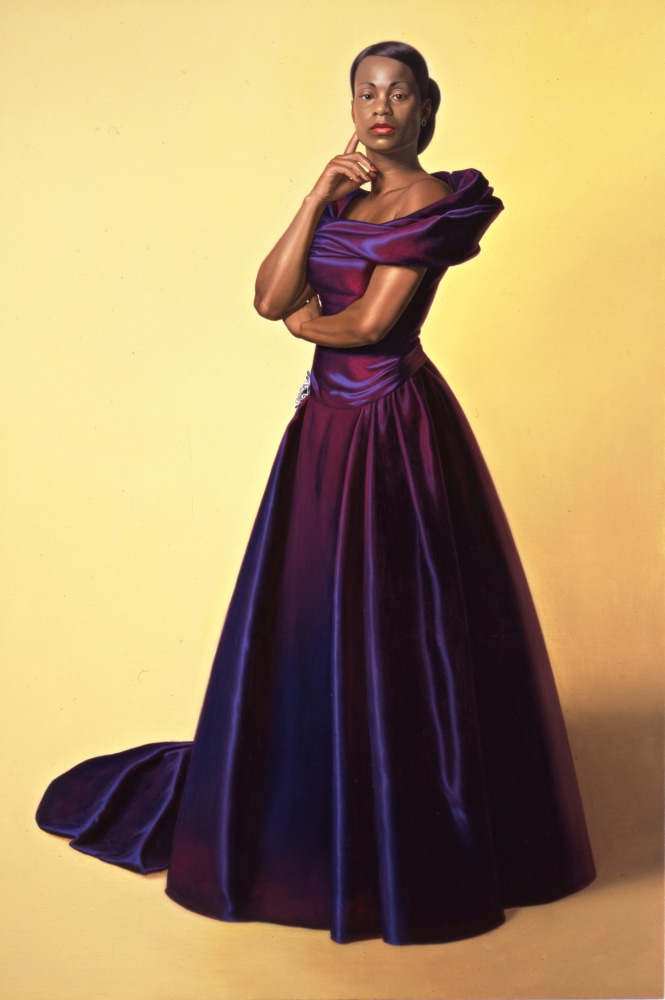
Kurt Kauper, Diva Fiction #5, 1997
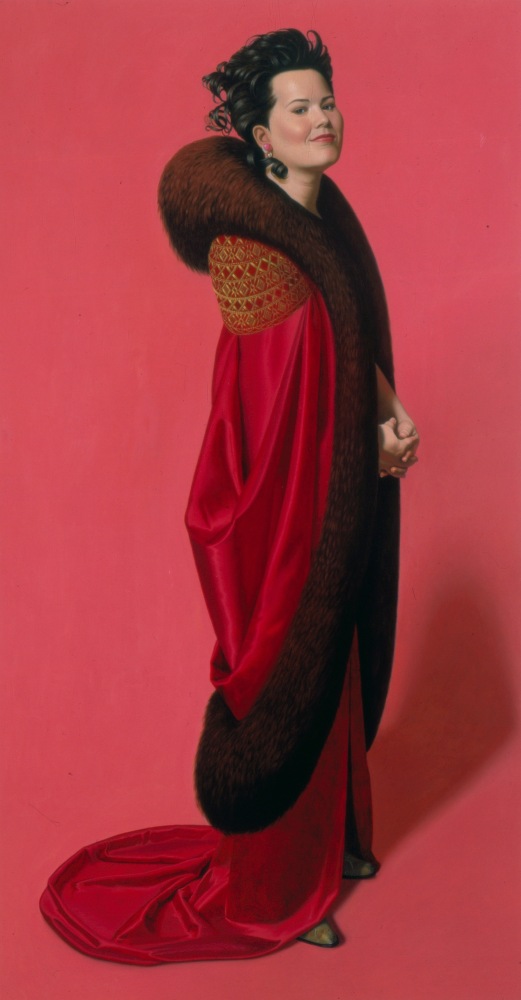
Kurt Kauper, Diva Fiction #8, 1998
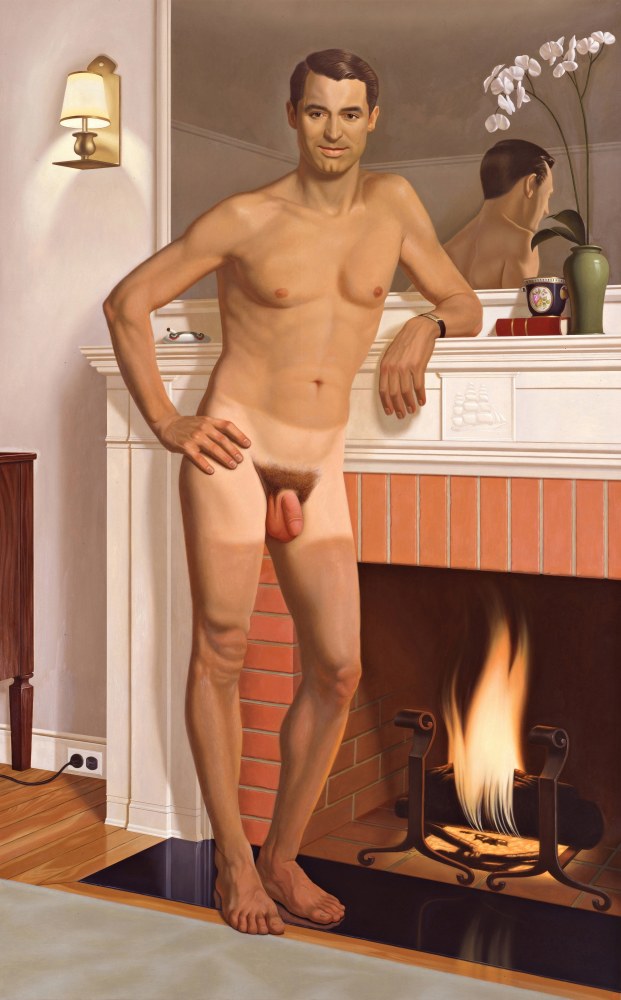
Kurt Kauper, Cary Grant #1, 2002
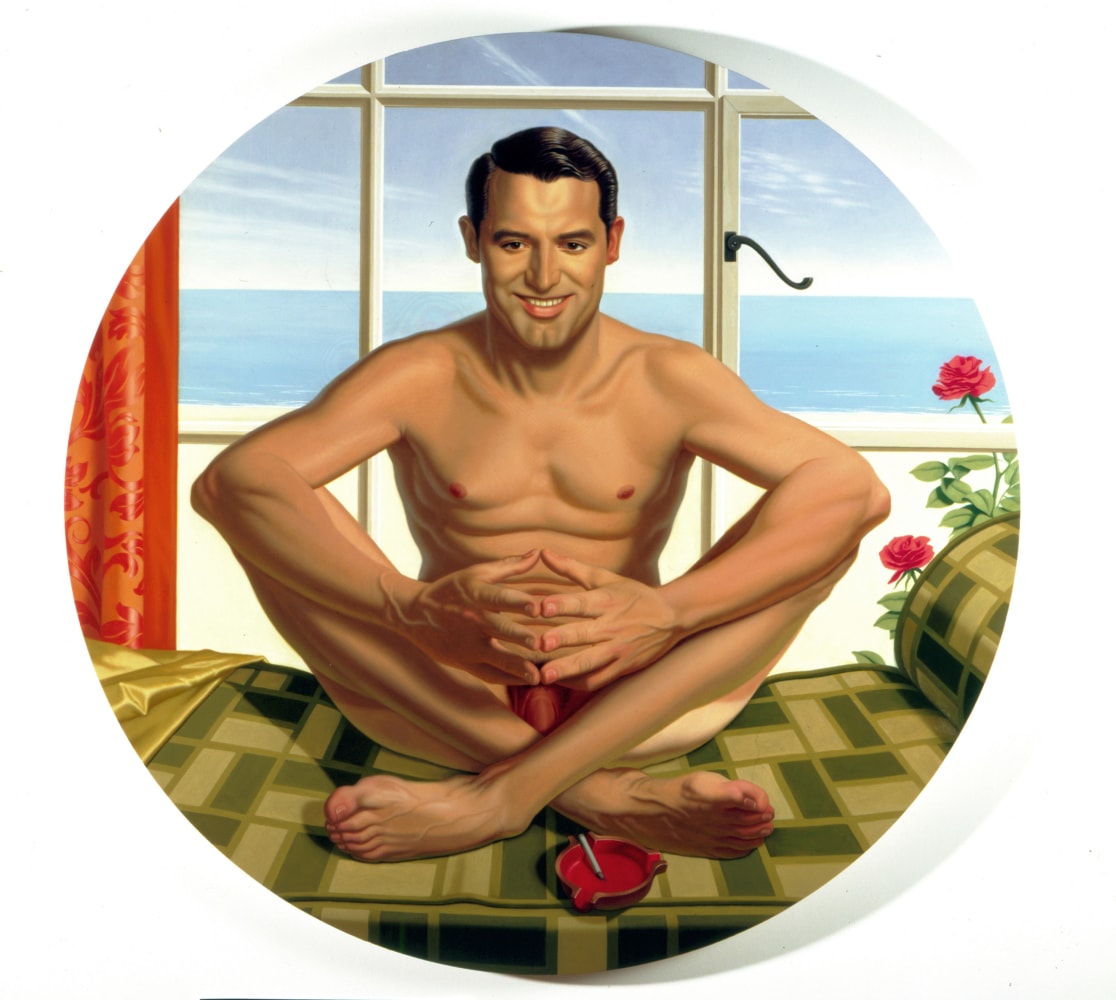
Kurt Kauper, Cary Grant #2, 2003
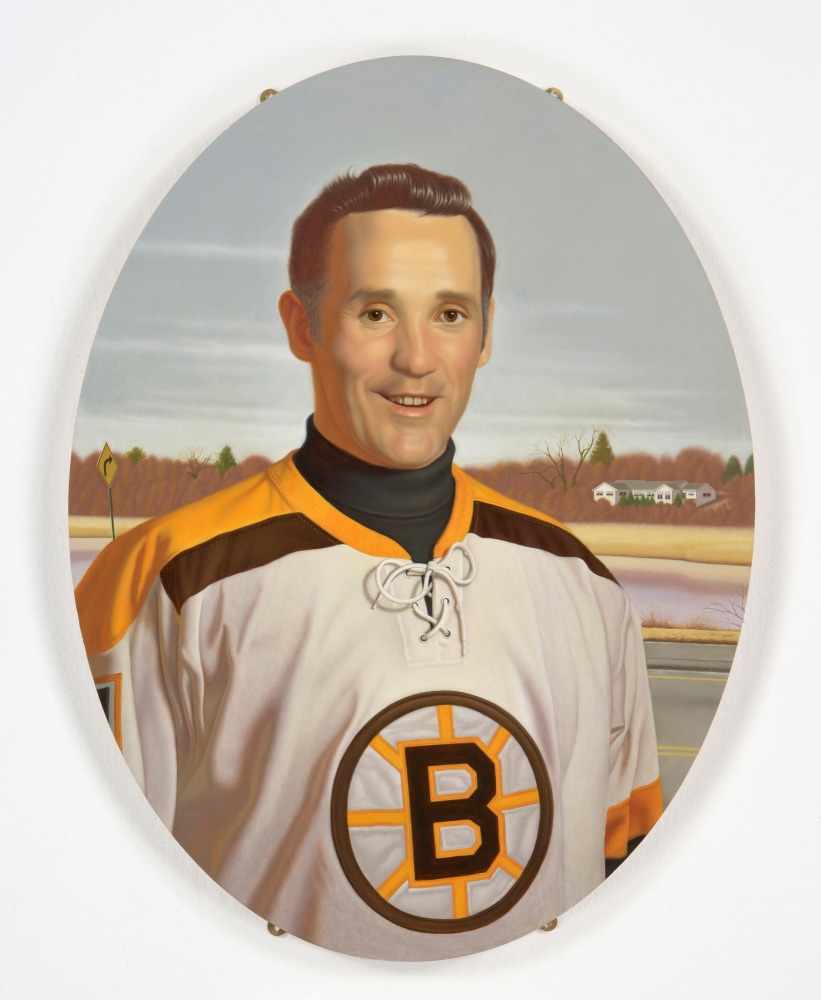
Kurt Kauper, Jacques, 2004
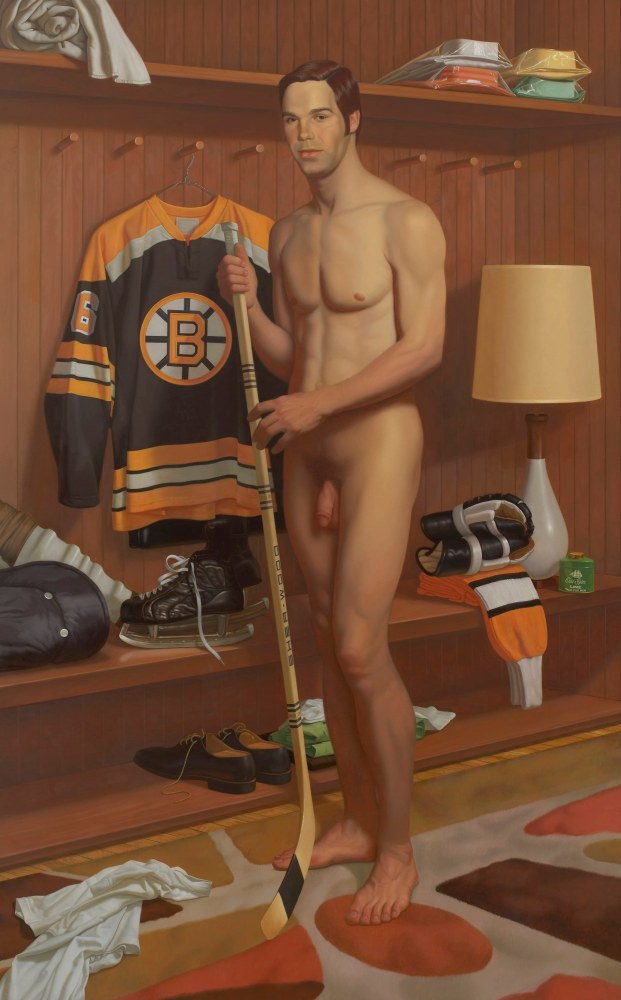
Kurt Kauper, Derek, 2005
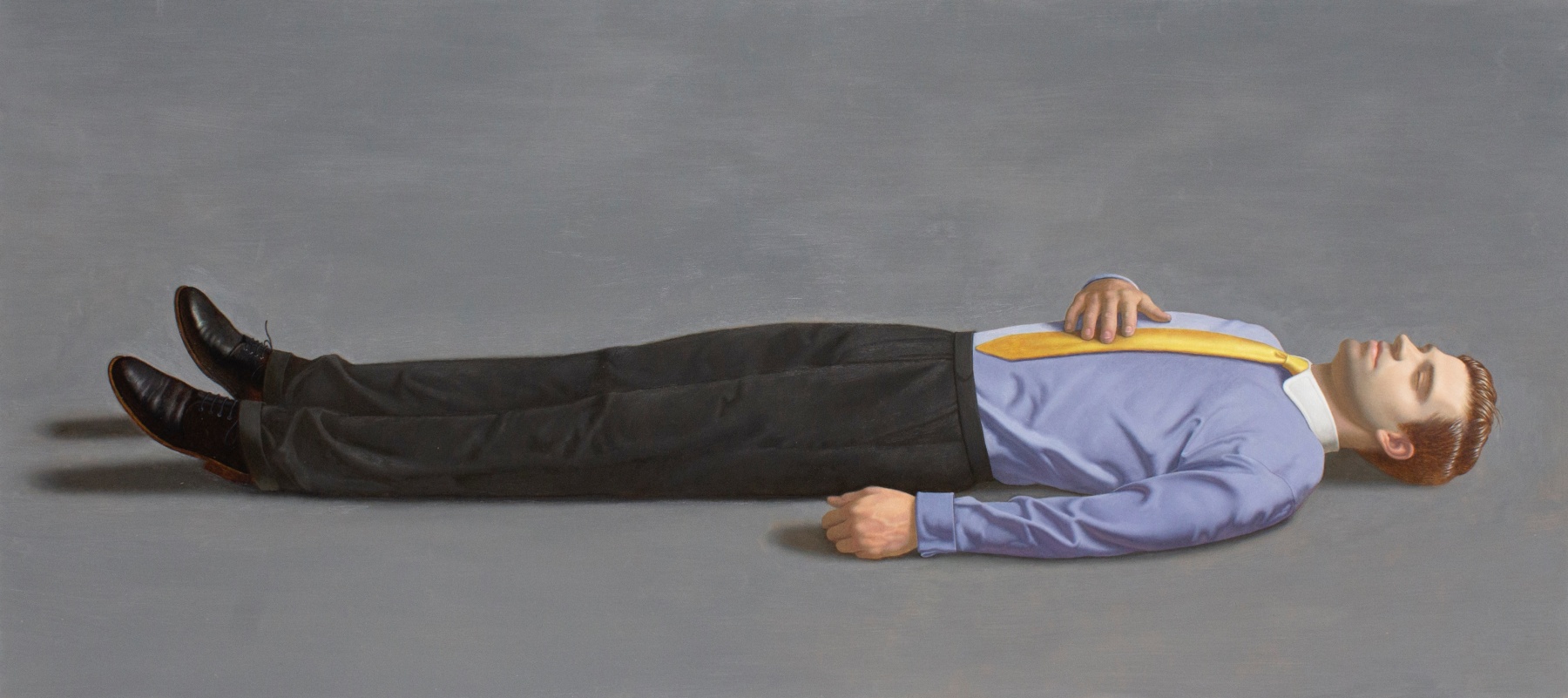
Kurt Kauper, May Lying Down 4, 2016

Kurt Kauper, Woman #4, 2018
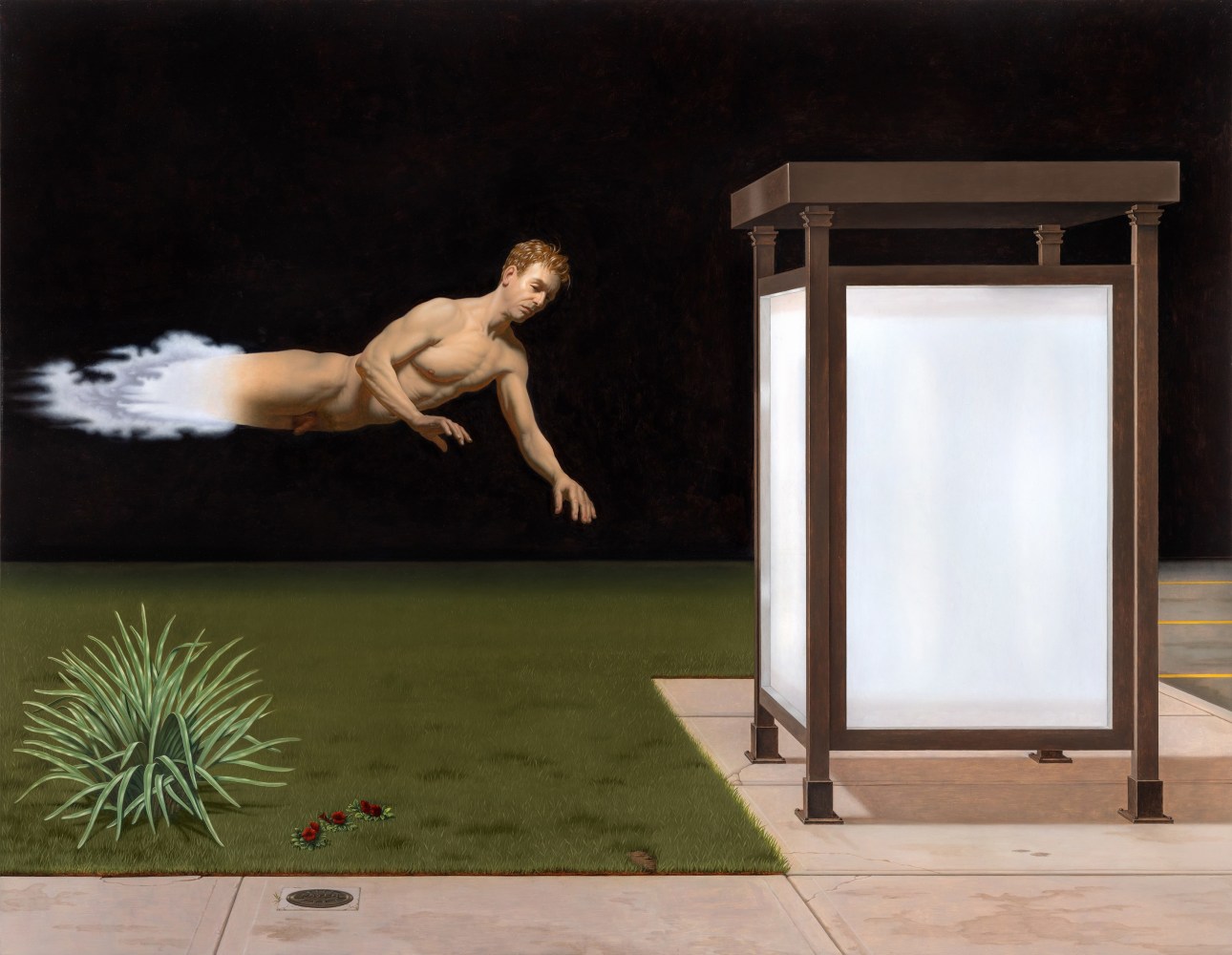
Kurt Kauper, Fantasy #1, Bust Stop, 2019
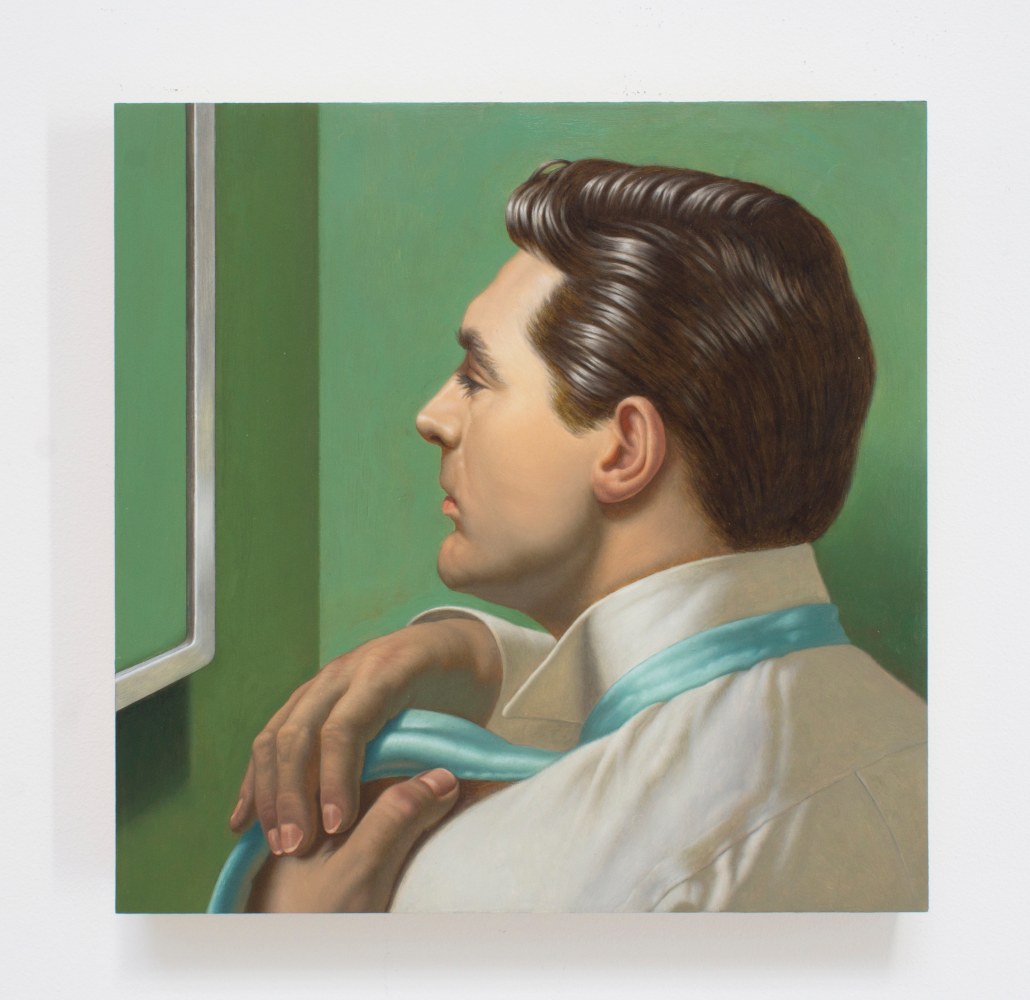
Kurt Kauper, Watching Men #1, Cary Grant, 2020
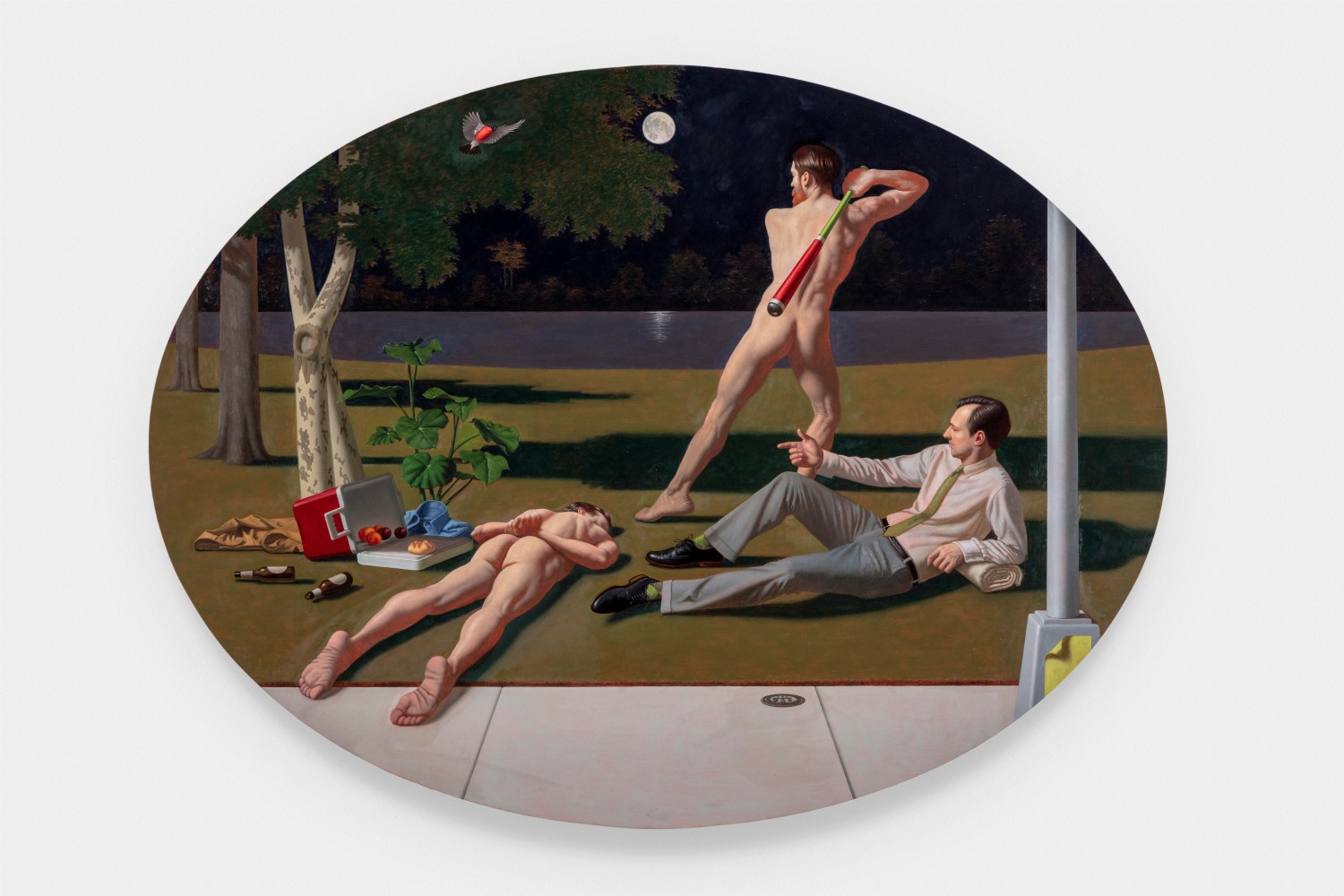
Kurt Kauper, Men in the Park, 2021
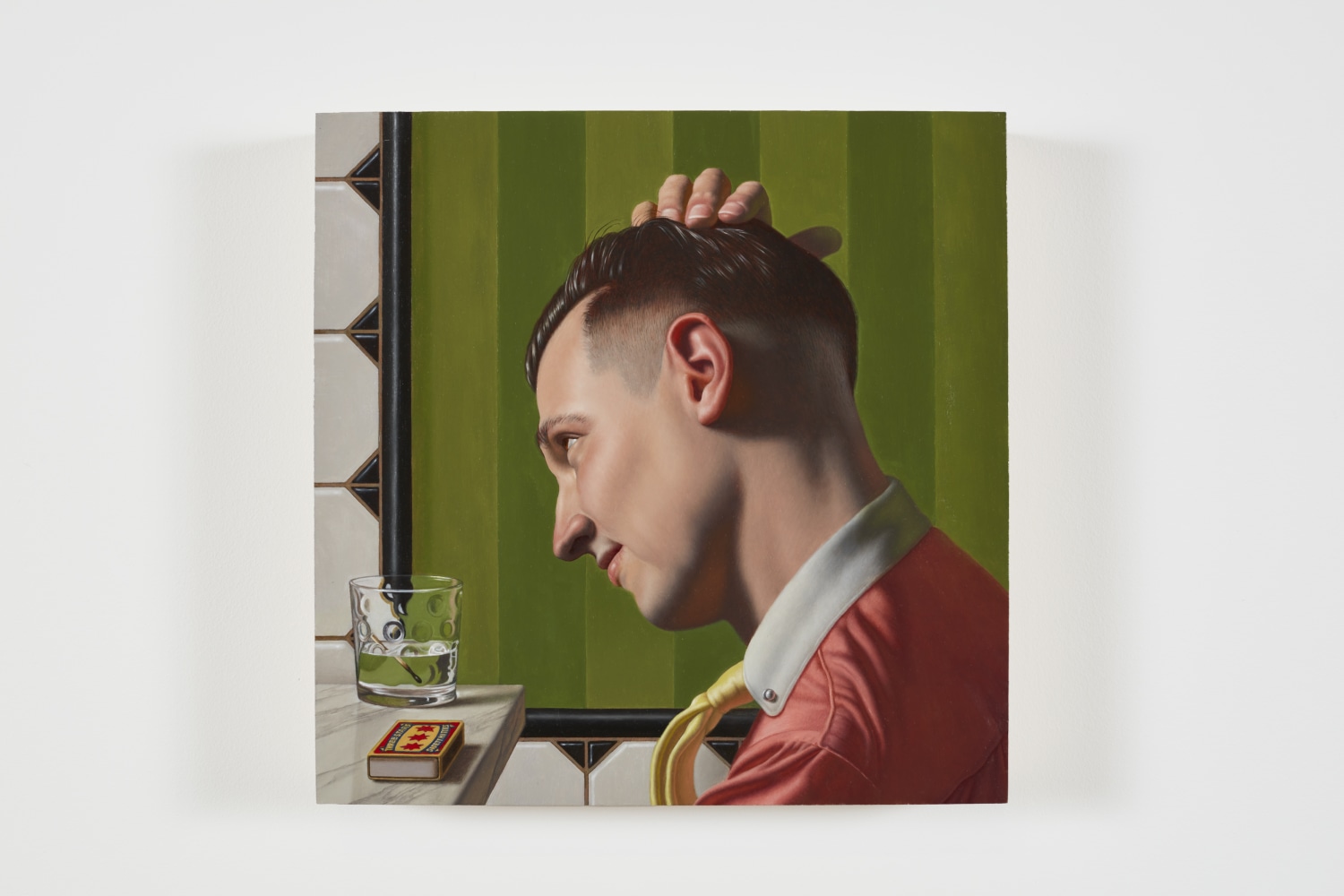
Kurt Kauper, Watching Men #6, 2022







